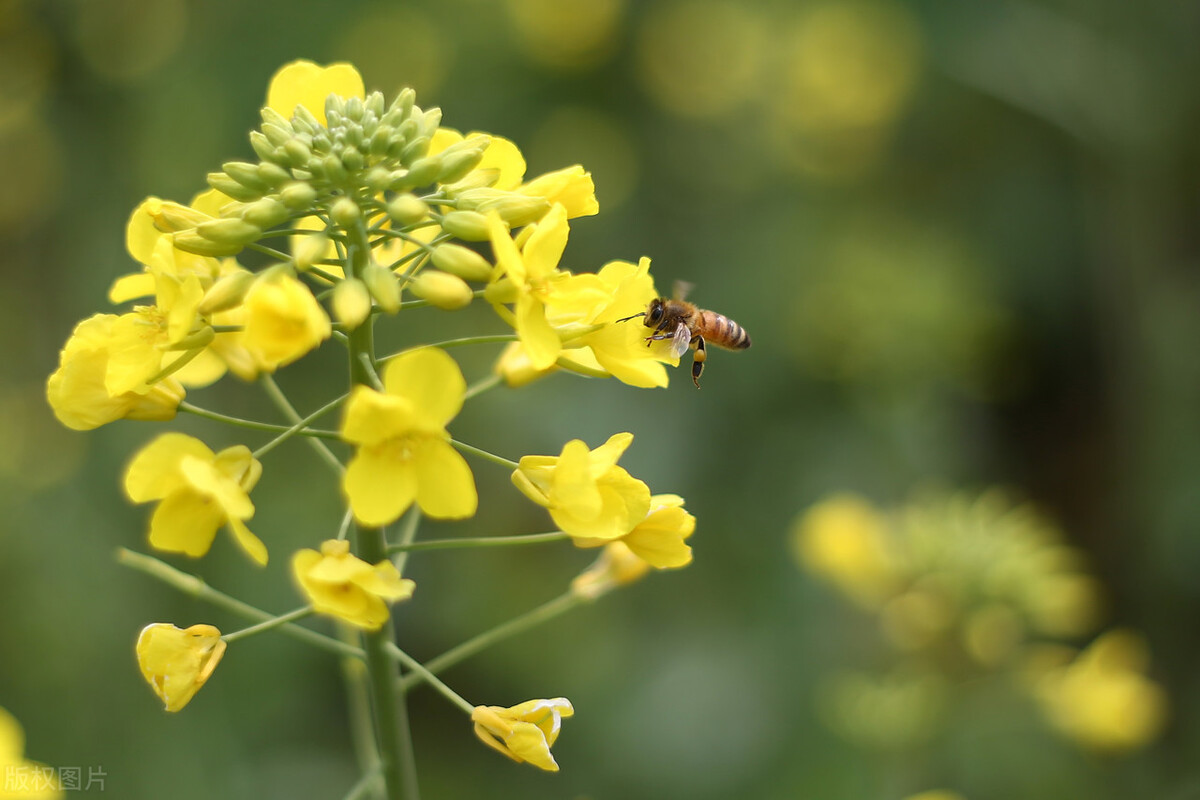Jinser unprovoked fifty strings, one string and one pillar Sihua Nian.
Zhuang Sheng Xiao dreamed of butterflies, and wangdi chunxin trusted the cuckoo.
Friends, can these two poems evoke your nostalgia for childhood? Think of that carefree childhood, peach blossoms, apricot blossoms, rape flowers... And butterflies! Youth is easy to pass, time is difficult to stay, you must firmly grasp it!

Maybe you're used to butterfly pink wasp yellows, maybe you've had butterfly warblers, maybe you've been butterfly lovers, but maybe you, like me, have never cared about butterflies' "hearts" and "eyes."
In spring, we can always see colorful butterflies dancing with beautiful wings. In the mornings and when it's cool (like when the sun comes out after rain), you'll find butterflies that like to stop somewhere to bask in the sun. Why do butterflies like to bask in the sun?
This question seems too difficult for ordinary people, and we will not delve into it, but everything is difficult for scientists. Research has found that butterflies need to raise their temperature to about 29.5 ° C to fly. However, butterflies are temperate animals, unlike mammals that have a constant body temperature, and butterflies can only take heat from the outside to raise their body temperature. Neomi Pierce, director of the Lepidoptera Museum of the Museum of Comparative Zoology at Harvard University, found in the study that the wings of butterflies have a "wing heart" that can beat dozens of times a minute, and the function of the "wing heart" is to promote the directed flow of blood (hemolymph) of insects, which can regulate the temperature of the wings and prevent the wing film from being too hot in the sun, otherwise it is not burned. Such an important organ can be called the "heart" of the butterfly.
The human eye has three types of cone cells, biologically called photoreceptors, which can recognize the three colors of red, yellow and blue and the colors formed by the mixture of these three primary colors, and the wavelength of these colors is 450-700 nanometers. Butterflies have more types of photoreceptors than humans, and different species of butterflies have different types of photoreceptors, but Japanese scientists have found that a butterfly has 15 types of photoreceptors, which is currently the most. Because butterflies have more photoreceptors than humans, they can see light with wavelengths between 254 and 600 nanometers, so they can see wavelengths, and they can also see colors that humans can see, and they can also see colors that humans can't see, such as ultraviolet light and polarized light.
Butterflies have a pair of monocular eyes and a pair of spherical compound eyes on either side of the head. The single eye can only feel the light, can distinguish between light and dark and distance, but can not recognize objects. The compound eye consists of up to 17,000 small eyes (ommatidia), each of which receives only a single direction of light signal stimulation, forming a dot-like image, and all the small eyes work together to form an image within the field of vision. It's a bit like taking a picture with a phone, the higher the pixel, the sharper the photo. A small eye equals one pixel.
The above content is compiled by the editor to check the information on the Internet, if there is something wrong, please correct it, so as not to mislead others. Everything in the world is always full of magic, may we always have a young heart, actively explore the mysteries of the world, for the progress of mankind, for the strength of the motherland, come on!